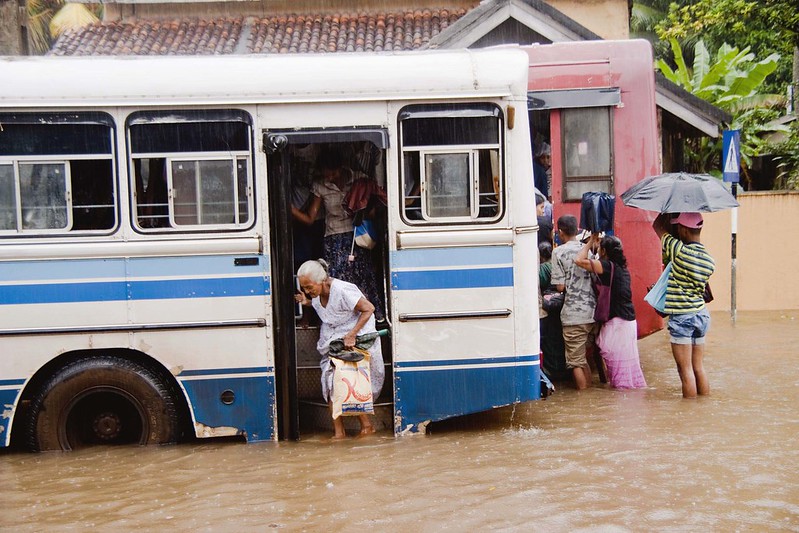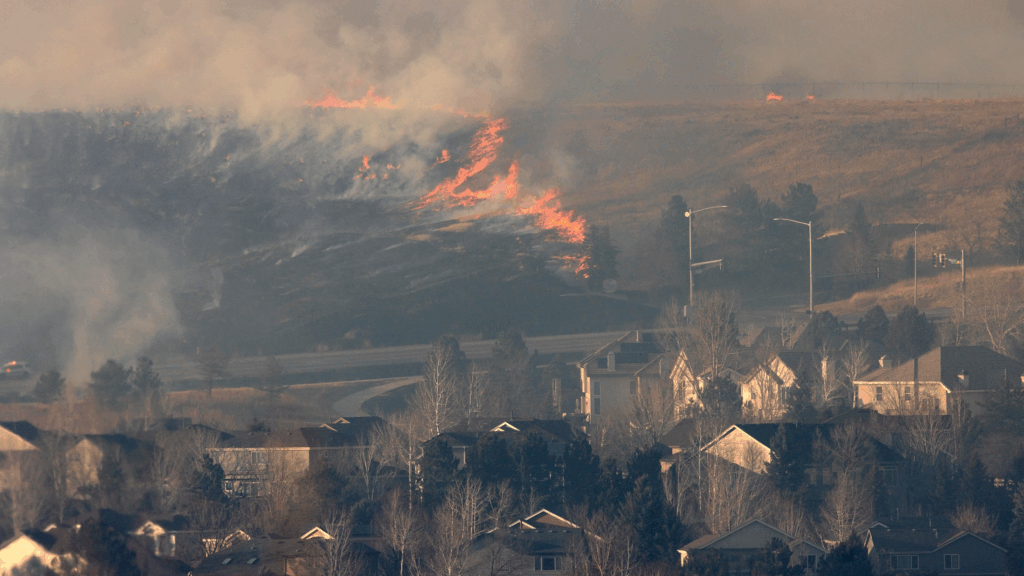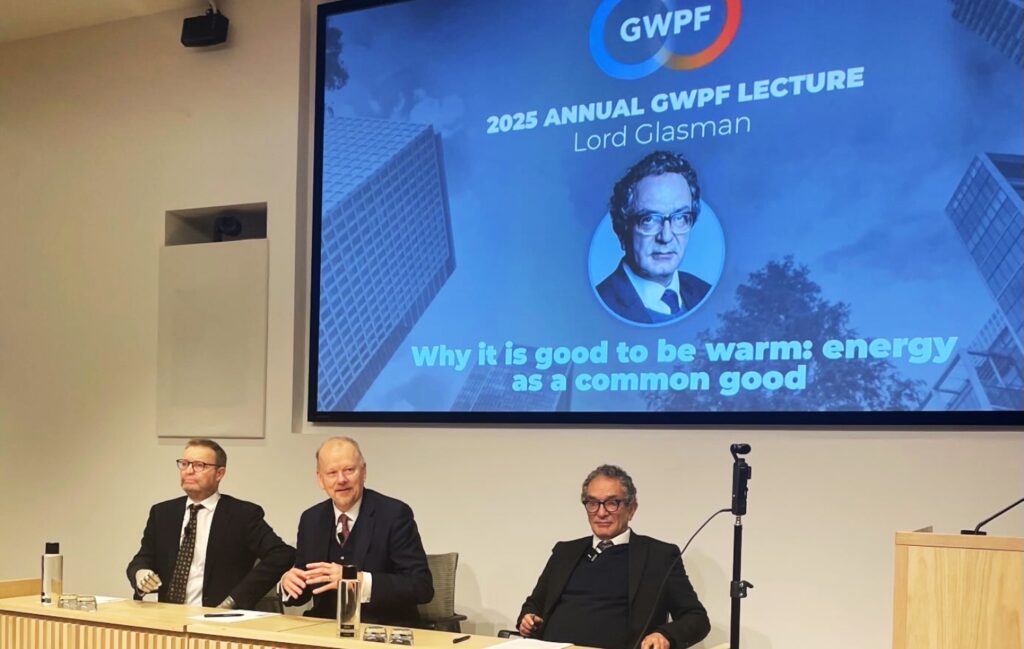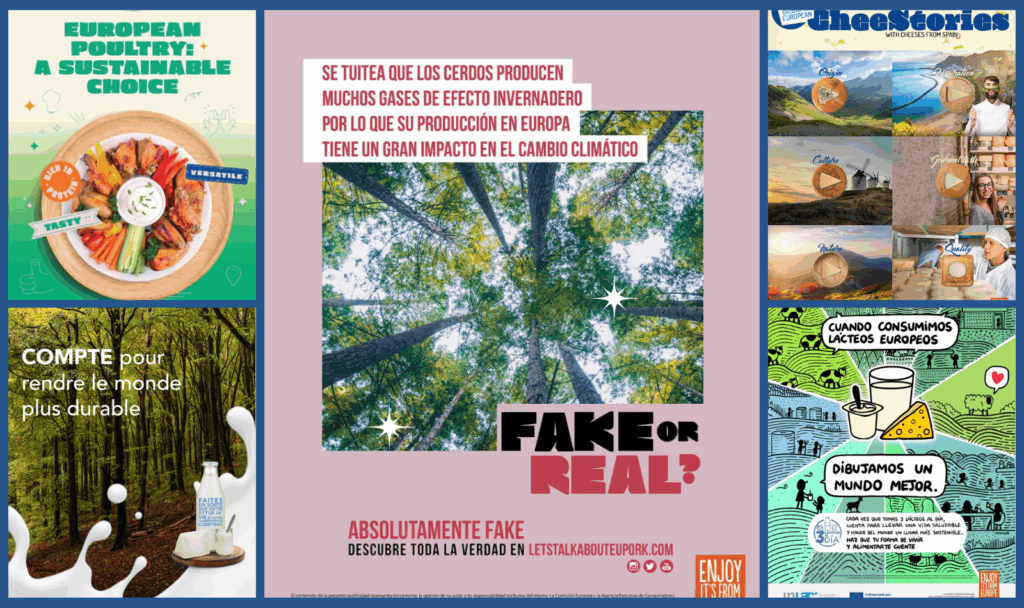By Alex Kirby for Climate News Network
The fevered arguments about how the world can reach the Paris climate goals on cutting the greenhouse gases which are driving global heating may be a waste of time. An international team of scientists has learned more about the main greenhouse gas, carbon dioxide (CO2) − and it’s not good news.
Teams in six countries, using new climate models, say the warming potential of CO2 has been underestimated for years. The new models will be used in revised UN temperature projections next year. If they are accurate, the Paris targets of keeping temperature rise below 2°C − or preferably 1.5°C − will belong to a fantasy world.
Vastly more data and computing power has become available since the current Intergovernmental Panel on Climate Change (IPCC) projections were finalised in 2013. “We have better models now,” Olivier Boucher, head of the Institut Pierre Simon Laplace Climate Modelling Centre in Paris, told the French news agency AFP, and they “represent current climate trends more accurately”.
Projections from government-backed teams using the models in the US, UK, France and Canada suggest a much warmer future unless the world acts fast: CO2 concentrations which have till now been expected to produce a world only 3°C warmer than pre-industrial levels would more probably heat the Earth’s surface by four or five degrees Celsius.
“If you think the new models give a more realistic picture, then it will, of course, be harder to achieve the Paris targets, whether it is 1.5°C or two degrees Celsius,” Mark Zelinka told AFP. Dr Zelinka, from the Lawrence Livermore National Laboratory in California, is the lead author of the first peer-reviewed assessment of the new generation of models, published earlier this month in the journal Geophysical Research Letters.
Scientists want to establish how much the Earth’s surface will warm over time if the amount of CO2 in the atmosphere doubles. The resulting temperature increase, known as Earth’s climate sensitivity, is a key indicator of the probable future climate. The part played in it by clouds is crucial.
“How clouds evolve in a warmer climate and whether they will exert a tempering or amplifying effect has long been a major source of uncertainty,” said Imperial College London researcher Joeri Rogelj, the lead author for the Intergovernmental Panel on Climate Change (IPCC) on the global carbon budget − the amount of greenhouse gases that can be emitted without exceeding a given temperature cap. The new models reflect a better understanding of cloud dynamics that reinforce the warming impact of CO2.
For most of the last 10,000 years the concentration of CO2 in the atmosphere was a nearly constant 280 parts per million (ppm). But at the start of the 19th century and of the industrial revolution, fuelled by oil, gas and coal, the number of CO2 molecules in the air rose sharply. Today the concentration stands at 412 ppm, a 45 percent rise − half of it in the last three decades.
Last year alone, human activity injected more than 41 billion tonnes of CO2 into the atmosphere, about five million tonnes every hour.
With only one degree Celsius of warming above historic levels so far, the world is already having to cope with increasingly deadly heatwaves, droughts, floods and tropical cyclones made more destructive by rising seas.
By the late 1970s scientists had settled on a probable climate sensitivity of 3°C (plus-or-minus 1.5°C), corresponding to about 560 ppm of CO2 in the atmosphere. That assessment remained largely unchanged − until now.
“Right now, there is an enormously heated debate within the climate modelling community,” said Earth system scientist Johan Rockström, director of Germany’s Potsdam Institute for Climate Impact Research.
“You have 12 or 13 models showing sensitivity which is no longer 3°C, but rather 5°C or 6°C with a doubling of CO2,” he told AFP. “What is particularly worrying is that these are not the outliers.”
Models from France, the US Department of Energy, Britain’s Met Office and Canada show climate sensitivity of 4.9°C, 5.3°C, 5.5°C and 5.6°C respectively, Dr Zelinka said. “You have to take these models seriously − they are highly developed, state-of-the-art.”
Among the 27 new models examined in his study, these were also among those that best matched climate change over the last 75 years, suggesting a further validation of their accuracy.
But other models that will feed into the IPCC’s next major Assessment Report found significantly smaller increases, though almost all were higher than earlier estimates. Scientists will test and challenge the new models rigorously.
“The jury is still out, but it is worrying,” said Rockstrom. “Climate sensitivity has been in the range of 1.5°C to 4.5°C for more than 30 years. If it is now moving to between 3°C and 7°C, that would be tremendously dangerous.”
Image: Hafiz Issadeen/Flickr via Climate Visuals, CC-by-2.0
Subscribe to our newsletter
Stay up to date with DeSmog news and alerts






